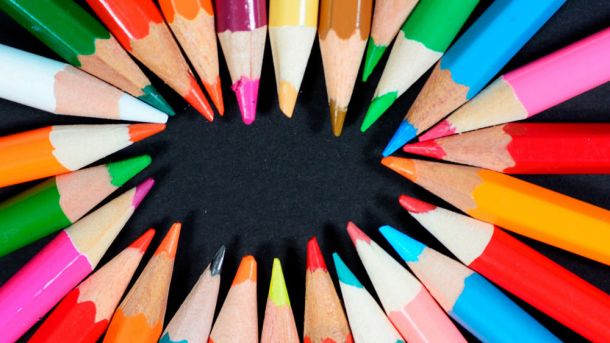The Importance Of Deep Reading
“We are not only what we read,” says the developmental psychologist, Maryanne Wolf, “We are how we read.” She made this statement with reference to Deep Reading – the sustained and undistracted reading of a book. In fact, her argument is that deep reading is indistinguishable from deep thinking. It’s certainly something to ponder on in the age of micro attention spans.
Attention Span of a Goldfish
No longer can this phrase be used as an idiom. The day of reckoning is here. The average human attention span has dropped to 8 seconds, barely distinguishable from that of goldfish which are believed to have an attention span of 9 seconds. This comes from a 2015 survey of Canadian media consumption by Microsoft which concluded that the average attention span had fallen to 8 seconds, down from 12 seconds in the year 2000.
What this means is that the average person cannot concentrate on a given task for more than 8 seconds without being distracted. As quoted by Satya Nadella, the chief executive officer of Microsoft, “The true scarce commodity of the near future will be human attention.”
Deep Reading versus The Rest
Having authored the book Proust and the Squid: The Story and Science of the Reading Brain, Maryanne Wolf is able to distinguish the different reading styles prevalent among readers.
Superficial reading is a style of reading used to decode information by skimming through written text for factual details. It is the mode of reading that is mainly used when browsing through magazines or doing online reading. The reader scans and sifts through the pages, picking up bits of information and moving along as quickly as possible. The reader is invested in speed and efficiency, moving from one article to another in a distracted manner. According to internet browsing data, just 4 percent of page views lasted more than 10 minutes.
Deep reading is the thoughtful, unhurried reading that is akin to deep contemplation. Deep reading involves not just consumption of the written word but the reader’s own interpretation of the text. This style of reading promotes comprehension and enjoyment of reading as we linger over and savour the writing, “setting off intellectual vibrations within our own mind.”
Building up a Capacity for Deep Reading
The reason we need to be concerned about how children read is that while our capacity for spoken language is dictated by our genetic makeup, the capacity and ability to read has to be painstakingly built up by each individual. The neural pathways in our brain used for reading strengthen or weaken depending on the frequency and vigour of use. Just as regular, robust physical activity strengthens the muscles, deep reading strengthens the reading circuits in our brain, thereby increasing our capacity for concentration and deep thinking.
Studies show that the state of Deep Reading is akin to a hypnotic trance where the speed of reading actually slows down, allowing the reader to engage in an intimate relationship with the book, making his own associations and fostering his own ideas within the quiet spaces of the mind. Focusing the mind on a given task for long periods of time requires time and practice and so it is with deep reading. To build up the capacity for deep reading in children requires that parents schedule time for deep reading on a daily basis, a time when scattered reading is put away for richer, more complex reading material.
Not Dumb versus Smart Debate
When experts fret about the erosion of deep reading as a habit, they are not worrying about dumbing down of the society because lack of deep reading (or even reading), does not necessarily make a person smarter or more successful. But the loss of deep reading processes does mean the loss of ability to engage in complex arguments and deal with multidimensional issues. And that is something to worry about.
Here’s to the movement that seeks the revival of deep reading in the digital age.
http://www.digitalhumanities.org/dhq/vol/8/2/000180/000180.html
References:
The Shallows, what the internet is doing to our brains by Nicholas Carr
Proust and the Squid: The Story and Science of the Reading Brain by Maryanne Wolf

Popular Programs



